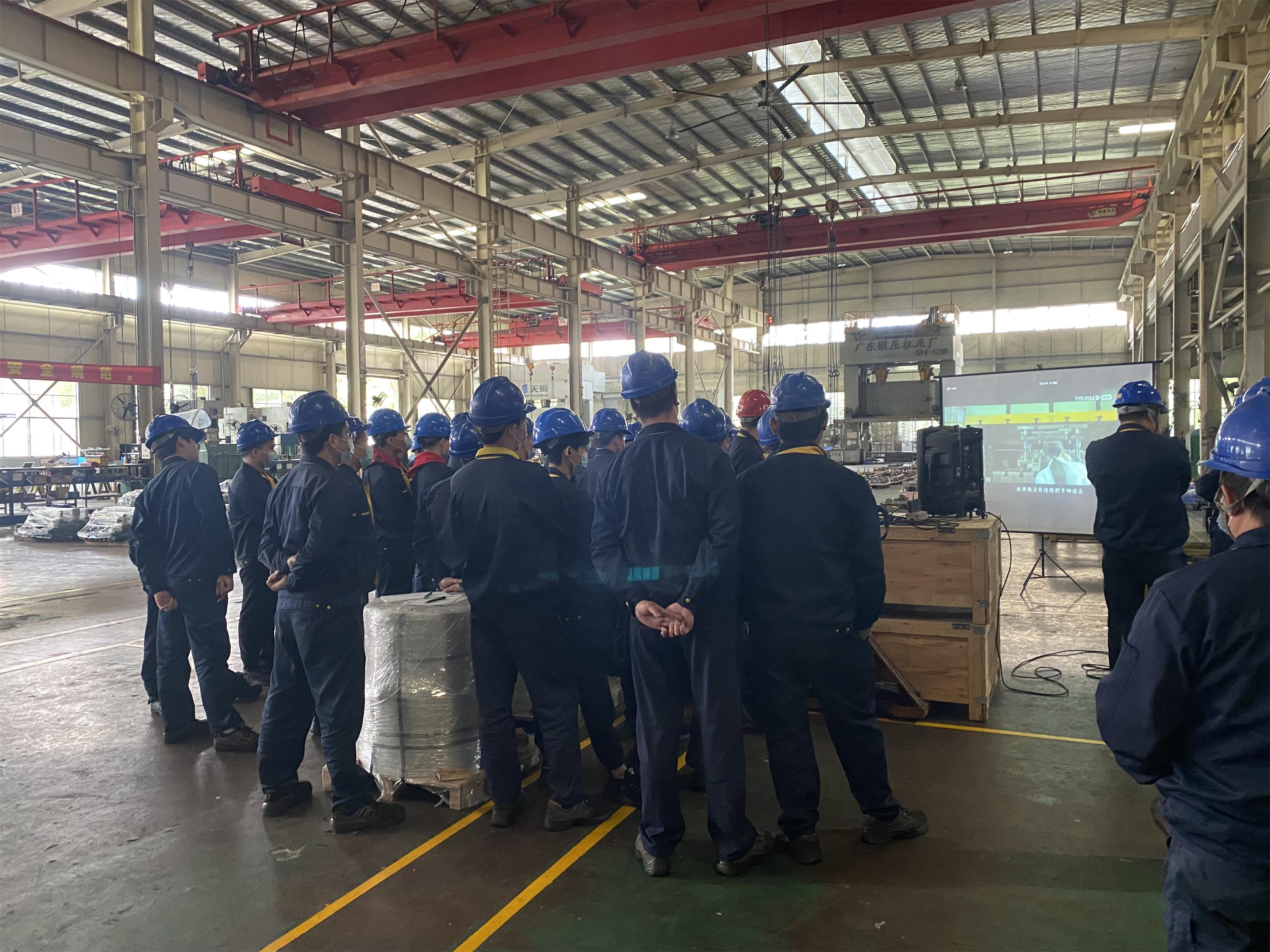In the stamping die, the stamping die factory uses various metal materials and non-metallic materials, mainly carbon steel, alloy steel, cast iron, cast steel, hard alloy, low melting point alloy, zinc-based alloy, aluminum bronze, synthetic resin, Polyurethane rubber, plastic, etc.
The materials used to make molds are required to have high hardness, high strength, high wear resistance, appropriate toughness, high hardenability, no deformation (or small deformation) during heat treatment, and not easy to crack during quenching.
Reasonable selection of mold materials and the implementation of correct heat treatment process are the key to ensure the life of the mold in the stamping mold factory. For molds with different purposes, comprehensive consideration should be given to factors such as their working conditions, stress conditions, properties of processed materials, production batches and productivity, etc., and the performance of the above requirements should be emphasized, and then make the corresponding choice of steel type and heat treatment process.
When the material to be punched is relatively hard or has high deformation resistance, the convex and concave dies of the punching die should be made of materials with good wear resistance and high strength. When drawing stainless steel, an aluminum bronze die can be used because it has better anti-sticking properties. The guide post and guide bush require wear resistance and good toughness, so low carbon steel surface carburizing and quenching is often used. Another example is that the main deficiency of carbon tool steel is poor hardenability. When the cross-sectional size of die parts is large, the central hardness is still low after quenching. However, when working on a press with a large number of strokes, due to its durability Good impact becomes an advantage instead. For parts such as fixing plates and stripping plates, not only must they have sufficient strength, but also require small deformation during the working process. In addition, cold treatment and cryogenic treatment, vacuum treatment and surface strengthening methods can also be used to improve the performance of mold parts. For the cold extrusion die with poor working conditions of the convex and concave dies, the metal mold should choose die steel with good comprehensive mechanical properties such as sufficient hardness, strength, toughness, wear resistance, etc., and have a certain red hardness and thermal fatigue strength, etc. .
For molds with special requirements, mold steel with special properties should be developed and used. The selection of mold materials should be determined according to the use conditions of mold parts, so that under the premise of meeting the main conditions, low-cost materials can be selected to reduce costs.
Post time: Dec-09-2022


